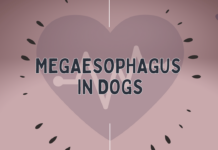If we, pet parents, would talk about something that stinks about our fur babies, the discussion will boil down into two things – doggy odor and doggy breath. There is no sugarcoating here that dogs do have a smelly breath by default.
However, as we constantly improve our ways to take care of our dogs, this unpleasant smell has been one of the most publicized issues that pet product developers have focused on. You will find hundreds and thousands of breath fresheners for dogs. Some of them work, most of them offer a solution that only lasts for a short period.
So how important is oral health for dogs? According to experts, oral health is one of the most important parts of a dog’s well-being because it is the entry point of nutrition, but it can also be the portal of entry for infection, microorganisms, parasites, and poison.
As our dogs progress in age, several factors cover the risks that involve oral health. Periodontal disease increases by up to 20% each year of a dog’s life. There is a high tendency that a dog will have oral disease when it reaches three years old.
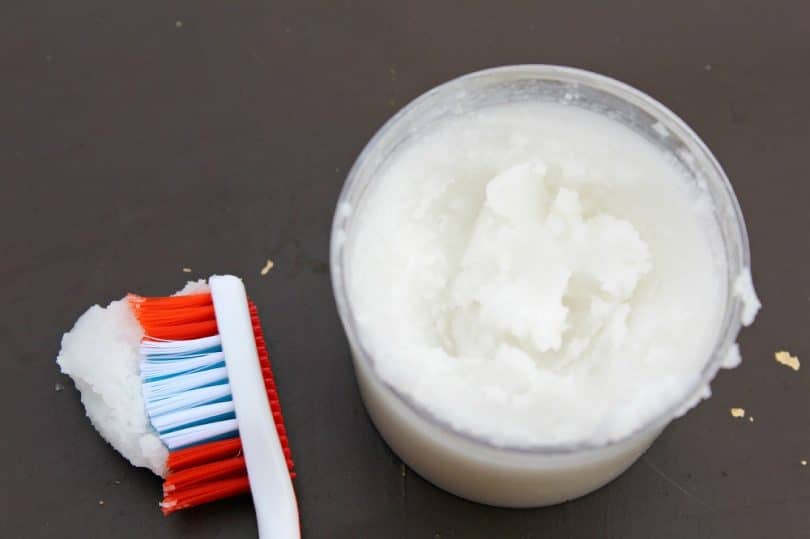
These are several dog breeds that have the greatest risk of developing oral and periodontal disease:
- Toy Poodles
- Miniature Poodles
- Standard Poodles
- Maltese
- Yorkshire Terriers
- Papillions
- Dachshunds
- Havanese
- Shetland Sheepdogs
- Cavalier King Charles Spaniels
- Pomeranians
It has been known that small dog breeds are more prone to develop gum disease due several factors such as tooth crowding. Too many teeth congested into a small space can be very difficult to clean, which increases the chances of plaque accumulation. Anatomical features and genetics play a role in increasing the risk of getting periodontal disease.
Bacterial buildup can also be present in the oral cavity because the lodged food particles can be their food to multiply further. Because the mechanism is basic “chewing”, the morsels, particles, and everything become scattered all over inside the oral cavity.

Small breed dogs are more susceptible to gum disease due to tooth crowding. Just as is the case with humans, too many teeth crowded into a small space can be difficult to thoroughly clean, leading to an increased accumulation of plaque.
Most dog experts consider the Maltese as the breed most prone to this condition, as a small oral cavity plus long life expectancy plus teeth congestion is an equation that is not very healthy. This is followed by the Poodles due to their elongated facial structure and having a good set of teeth, which can be detrimental especially when their teeth are not brushed regularly.
While these breeds may be prone to gum and oral disease, other breeds are not exempted from developing such conditions. Sometimes, oral health for dogs is one of the most neglected parts of canine well-being. Little did they know that oral and gum disease can branch out into more serious health issues for your dog. Some large breeds are becoming more prone to periodontal disease not because of genetics, but because of lifestyle.
Due to their size, some pet parents rely on this site and associate them with independence that they can keep a healthy oral cavity. Dogs, regardless of size and shape, cannot fend for themselves. They cannot groom themselves, and definitely cannot clean their teeth as well.
There are a lot of water additives, special dog treats, and dog breath fresheners but these commercially-available ones may or may not address that bad breath. Plus, these products are not inexpensive. Because bad breath is not the only reason for oral and dental care, we should be more conscious of how important oral health is for our dogs. Lack of teeth cleaning can lead to plaque buildup and can cause significant and permanent damage which may compromise overall health.
Because these products are not that affordable, you can make your own homemade dog toothpaste that is natural, safe, and effective for our fur babies. Another advantage of homemade toothpaste is that you rest assured that the ingredients are safe because you know what is inside the mixture. This cancels out the possibility of the mixture having unwanted ingredients such as coloring, additives, and preservatives, among others.
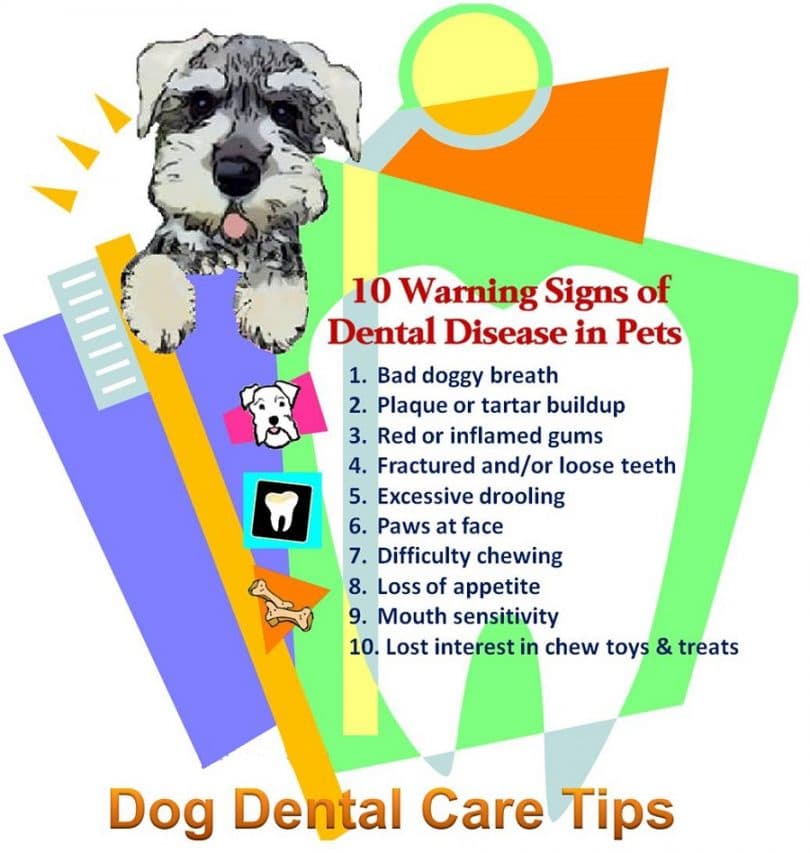
But before moving to that, it is very important to know the basics first. Why should we do this often, and what are the complications if we miss doing this for quite a long time?
What is periodontal disease?
Periodontal disease, also known as gum disease, is an inflammation of one or several supporting structures of the tooth. Usually, it starts with the inflammation of a single tooth.
Periodontal disease grading
Grade 1 periodontal disease presents itself as gum inflammation or gingivitis, but no separation of the gum from the tooth is present. There is mild redness in the gums, as well as some plaque formation. Grade 1 periodontal disease is easy to manage and is still considered as reversible.
Grade 2 periodontal disease shows plaque formation that is found below the gum line, as well as more pronounced swelling and redness. This grade shows a slight loss of attachment of the teeth from the gums. Grade 2 periodontal disease is still manageable and treatable.

Grade 3 periodontal disease can be identified if there is already the presence of tartar below the gum line. This causes a significant loss of bone support. Aside from swelling, redness, and visible gum recession, there can be episodes of bleeding. Unfortunately, Grade 3 is considered as an irreversible stage and can only be alleviated with supportive management.
Grade 4 shows significant amounts of calculus below the gum line. There is severe gum recession, inflammation, one or several missing teeth, and considerable bleeding of the gums. On some cases, there can be accumulation of pus in the gums due to infection. The surrounding infection can be treated, but the extent is already considered as irreversible.
How gum disease starts
Gum disease starts with those tiny pieces of food that stays inside your dog’s mouth. The dog’s oral cavity is filled with bacteria, and there is a good chance that the bad bacteria will consume the food particles.
This becomes plaque on your dog’s teeth and gums. If left for quite some time, the plaque will harden to become tartar which will stick to the dog’s teeth. Significant tartar buildup will cause gum irritation which will lead to gum inflammation. This condition is known as gingivitis. Normally, healthy gums are pink in color but they turn into deep read when inflamed.

When the tartar is not cleaned, it will build up under the gums. This buildup will cause the gums to recess and pull away from the teeth. A lot of factors surround the chances on how tartar and such gum disease develop inside your dog’s mouth. These factors include age, breed, genetics, health, diet, as well as oral care and management.
Periodontal and gum disease symptoms
Signs that your fur baby has periodontal disease can include:
- Bad breath
- Difficulty chewing
- Drooling
- Pawing at the mouth
- Tooth loss
- Appetite loss
- Increased irritability
- Depressed mood
- Stomach problems
- Mouth sensitivity
- Inflamed gums
If you suspect that your fur baby has gum disease, and you know that there is no regular oral care and management for it, it would be best to consult with the veterinarian as soon as possible. This enables the veterinarian to promptly stage the severity of the condition. If the situation is still reversible, there can be several medical management that will be implemented. If there is an underlying disease, then there will be medications involved in the management. The key here is to address the problem as soon as possible.
Bear in mind that prevention should always be your objective. You will save a lot of time, money, and effort if you will keep this a priority. Our fur babies need our help to keep their gums and teeth in top condition. Many breeds, even those grown under a breed-appropriate diet, and chewing on raw bones, are still prone to these conditions. Recognizing the disease earlier, it helps prevent a lot of health issues that may branch out later in life.
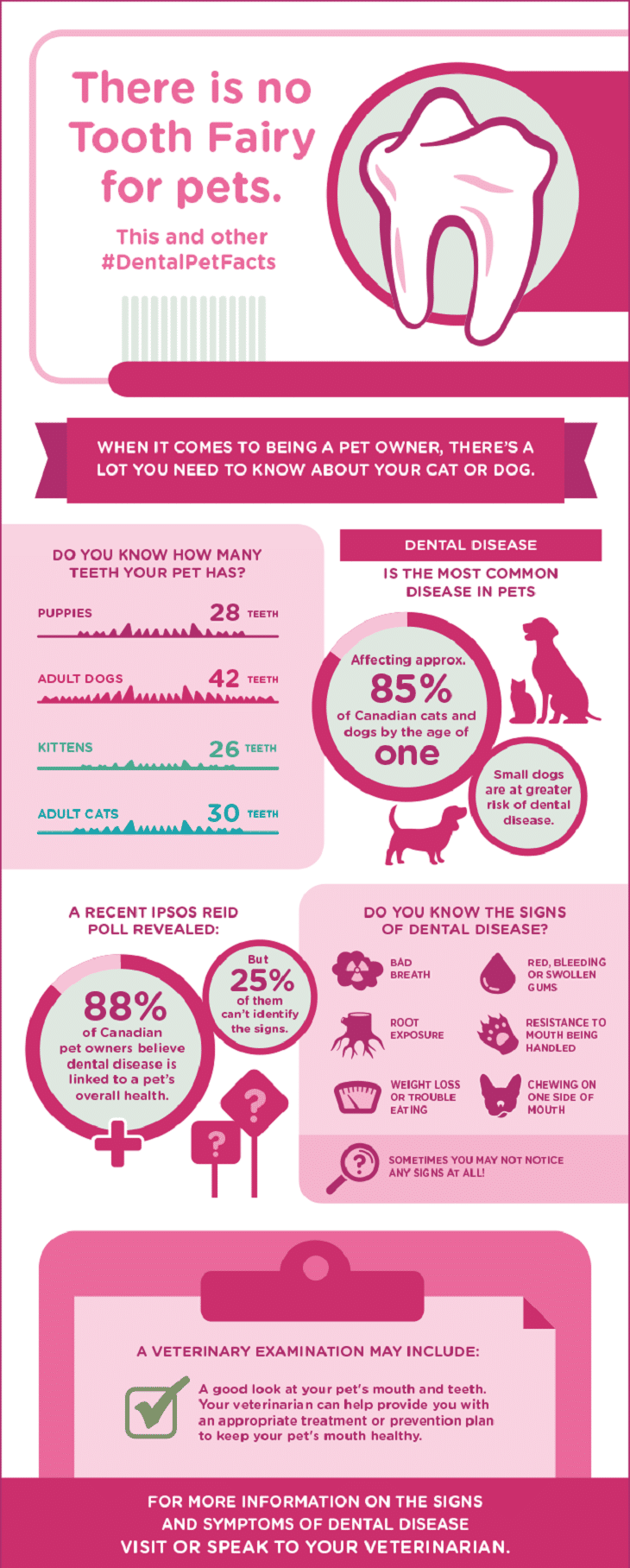
A clean mouth is not a safe mouth. It still has bacterial growth in it, as well as some food fragments that can be invisible to the naked eye. However, if you keep the mouth clean, it significantly reduces the tendency to develop a serious oral disease that can lead to bacterial infections that could become systemic, especially when it enters the bloodstream. There are available routine professional tooth cleaning services available in most areas that can save you from the trouble.
However, always remember that you should not completely depend on these routine cleaning schedules because you still need to keep your dog’s oral cavity clean as often as possible.
This ensures good oral health. It should be something that is part of your routine on a daily basis. Once the routine becomes a healthy habit, you make a massive impact on your dog’s oral hygiene and health.
Regular examinations by the veterinarian is very important even if you brush your dog’s teeth on a daily basis. A thorough examination of the veterinarian can reveal some problems that you might not see. While not all breeds accumulate plaque and tartar at the same accumulation speed, every breed needs a routine examination nonetheless.

Professional cleaning might be recommended by the veterinarian, especially when regular brushing is not part of your routine. There are grooming stations that offer this as an add-on, so you may want to reconsider the promo. If you can sustain this, as well as learning to do brushing at home at least thrice weekly can give surprising results that even your veterinarian will agree.
Basic DIY dog toothpaste
Remember: Before we start, never ever include Fluoride into the mix. This is a very harmful substance for dogs and cats. In line with this, never attempt to use human toothpaste to clean your dog’s teeth as well. Because we cannot instruct our dogs not to swallow, we should not try substances intended for human consumption to them. It may lead to gastric discomfort and even poisoning.
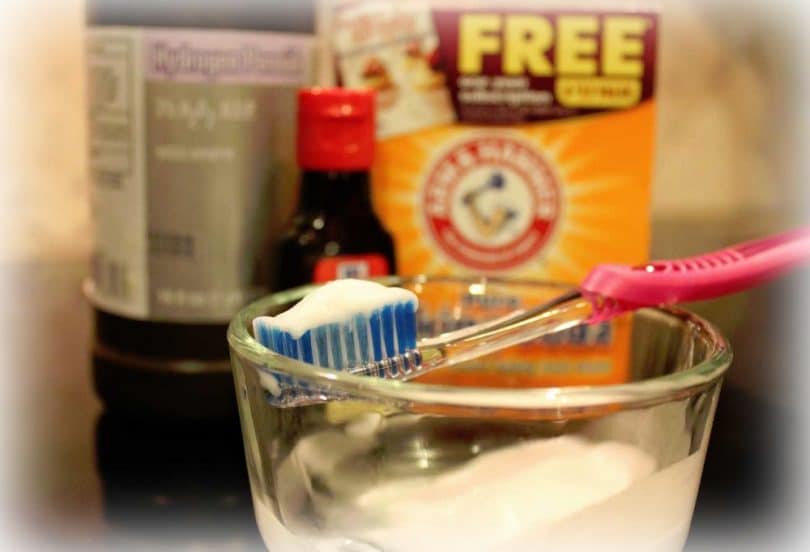
Here we present you an easy-to-make DIY Dog Toothpaste to keep your dog’s mouth clean and smelling good. Our list of ingredients includes easy-to-find ones that are usually available at home.
Homemade toothpaste can be stored at room temperature for several weeks, sustaining a clean and fresh breath for your fur baby for long. This is one of the most common homemade toothpaste in dog groups, because of its ease in preparation and proven effectiveness.
- 1 Tbsp Beef Bouillon Granules dissolved in 1 Tbsp Hot Water
- 2 Tbsp Baking Soda
- 2 Tsp Cinnamon
- 1/3 Cup Coconut Oil
Creating your own homemade dog toothpaste is a walk in the park. Simply mix the bouillon granules in the water. This preliminary ingredient allows the toothpaste to be tasty. One of the major downfalls of commercial toothpaste is that they don’t taste or smell good.
They smell too “synthetic” which irritates the dog to have its teeth brushed. Once stirred, add the baking soda and stir the mixture further. You can add cinnamon to make the breath smell nice and fresh, which is far from the conventional minty scent. The baking soda is there to serve as the abrasive material to remove the lodged food particles and plaque formation.
Lastly, add some coconut oil into the mixing bowl until the mixture is even. The coconut oil acts as a binder for all the ingredients and is edible and totally safe for your dog. The mixture can be stored in a small container. It is recommended for the mixture not to be refrigerated because it can harden the mixture, or someone can mistake it for a sandwich spread or dessert.

In applying the toothpaste, make sure that your fur baby is in a comfortable and non-agitating position. Do not shove the paste inside its mouth the moment you sit down together. Chances are it will bite you unintentionally, or you won’t be able to brush it thoroughly. Spread the toothpaste all over the dog’s teeth. The more coverage you can do, the better. Because the paste is tasty for the dog, it might start licking it, so try to inhibit it from doing this as much as possible.
In selecting the ideal cloth for brushing the teeth, make sure it is not too rough and not too wooly. A towel or cloth that is too rough can hurt the inner lining of the mouth and can bruise the gums. On the other hand, when a towel is too wooly, it could leave filaments inside the mouth that can harbor bacteria which could trigger a lot of potential infections.

Brush the dog’s teeth in small, vigorous circles. Focus the scrubbing on the areas where plaque has built up. The most important parts that should be brushed are the back and sides of the teeth that touches the gums. These are the areas that lodge food more often that causes bad breath.
Once done, wipe your dog’s teeth using a damp cloth. Make sure that the dog has access to clean water after so it can drink some after the tooth brushing session and wash down any toothpaste that was left inside its mouth.
This can be done on a daily basis. You can set a particular schedule, like late in the afternoon after the last meal so that it will be a routine that is quite easy to follow and will allow the dog to become more acclimated and rested while doing the process.
In conclusion
The oral hygiene of our fur babies is considered one of the most neglected. While some pet parents focus too much on the coat and how their dog looks, their pearly whites should also get some attention. The importance of oral health cannot be stressed enough, and as their respective pet parents, it is our responsibility to make sure that they achieve good oral hygiene.
We cannot teach our dogs to brush their own teeth, which is why it completely falls as one of our most overlooked responsibilities. Brushing our dog’s teeth can be scary at first, but when you get to know the process and have your fur baby properly acclimated to the routine, it is one of the best kinds of owner to dog interaction that you can provide.
Useful links
Here are some related links regarding DIY Homemade Dog Toothpaste. These links can give you more ideas on how to improve and create more varieties for your dog’s overall oral health.
There has been discussions here on how important the process is, to highlight how effective this practice is despite being done at home as a routine.



